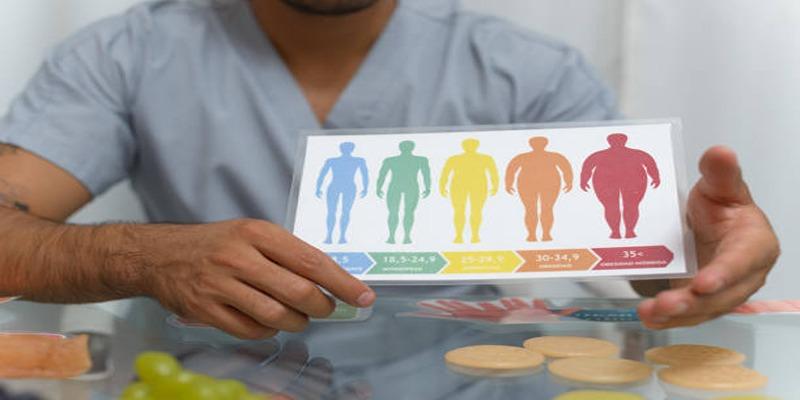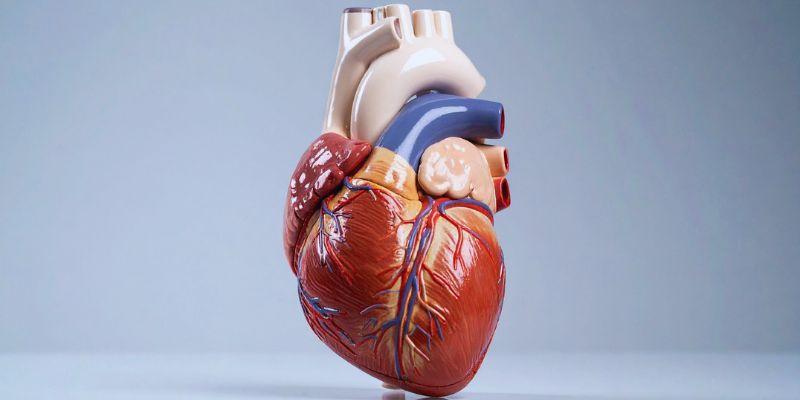The BMI does not cover all that has been told about health weight determination in several decades ago. The introduction to the Body Roundness Index BRI, a more effective health risk measurement by use of a newer measurement. This guide explains the differences between BMI and BRI, whether they are good or bad and how each can be used to give superior information to you on your health journey.
BMI uses a simple formula of determining the correlation between your weight and your height by simply dividing your weight in kilograms and dividing it with the height in meters squared. Your results will determine the level of being underweight (less than 18.5), normal weight (18.5-24.9), overweight (25-29.9) or obese (30 and above).
The measurement materialised through the contributions of Belgian statistician Adolphe Quetelet in the 1830s, although it was not known by that term (BMI) until the 1970s. Quetelet invented it to measure population trends, not the health of individuals. Nonetheless, its straightforwardness is the reason why it became appealing to healthcare providers all over the world.

Body Roundness Index differs because it concentrates on shape of the body and not weight and height. BRI was developed in 2013 and uses waist circumference and height in an attempt to determine how round your body appears. The formula takes into consideration that excess abdominal fat is more detrimental to health than other excess pile-ups.
The BRI values can be 1- 15, the higher the value the more rounded the figure. A BRI of 1-3 means a slim body type, 4-5 leaves an impression of moderate roundness, and above 6 means running related health risks associated with high incidences of abdominal obesity.
The essential distinction is what each metric is focused on. BMI cares only about the correlation of the height and weight but does not distinguish between weight wherever or whatever it is. A body builder with much muscle mass may be counted as overweight or obese on the BMI even though he or she has excellent health indicators.
BRI on the contrary acknowledges that the distribution of weight is what is important and not the figure. A person with normal weight and a high BMI may be subjected to increased dangers to health compared to the indications of the BMI. On the other end of the scale, an individual who has higher BMI because he has muscle and his waist circumference is small may get a better BRI evaluation.
BRI arguably proves to be an improved predictor of:
However, BMI remains valuable for:

Divide your weight in kilograms by your height in meters squared. For those using imperial measurements, multiply your weight in pounds by 703, then divide by your height in inches squared.
The BRI formula is more complex: 364.2 - 365.5 × √(1 - (waist circumference in cm / (2π))² / (0.5 × height in cm)²). Many online calculators can help you determine your BRI without manual calculations.
Keep in mind that both measurements are screening devices and not a binding health check. Although a good BMI indicates good health, not all individuals with a high BMI are unhealthy and vice versa. Likewise, BRI can offer some understanding of likely dangers but is not to be acted upon in isolation of any other health indicators.
Both the BMI and the BRI provide useful information in the appropriate use. BMI continues to be applicable on:
BRI might be more beneficial for:
Use the two measurements together and they will help provide a bigger picture. In situations where both your BMI and BRI show a discrepancy in health status, consulting an expert on the field like a medical practitioner could prove beneficial as they may be able to examine the other health factors like blood pressure levels, cholesterol level in the body, and fitness through health tests.
BMI and BRI are not the last word in the assessment of health. Researchers are coming up with other evolved methods that take into consideration muscle mass, bone density and the patterns of the fat distribution. Technologies such as DEXA scanning, bioelectrical impedance, and 3D body scanning have the capability to provide granular body composition readings, but are yet to come into common clinical practice.
It is becoming apparent to the medical community that health is on a continuum which can be affected by hundreds of variables with body weight being only one contributor. Lifestyle fitness level, diet, mental health, sleep and genetic factors are all critical components to everyday wellbeing.
BMI and BRI can be used as means to initiate health talks, not as an absolute one. They emphasize the possible dangers, yet do not consider an impact that lacks particular differences, including one in body composition and metabolism. Focus on sustainable practices of exercise, balanced nutrition, sleep, and managing stress- to have long-term health. Healthcare providers can help interpret results in the context of your entire health picture to help guide your goals and family history.
 TOP
TOP
If you still believe that women don’t get heart diseases or that only older people can have heart diseases, you are wrong
 TOP
TOP
How building wealth is possible at any age with practical strategies that focus on consistent habits, smart choices, and long-term thinking
 TOP
TOP
Start making the most of your 401(k) today and secure a stronger financial future. Learn how timing, employer matches, and smart contributions can improve your retirement
 TOP
TOP
How financial aid for college works—from grants and scholarships to loans and work-study programs. Get clear, practical guidance for every funding option
 TOP
TOP
Discover 5 unique horse races that take place around the world, blending speed, thrill, and stunning cultural locations.
 TOP
TOP
Discover how Easter is celebrated across countries, from egg rolling to water fights, offering joy through local traditions.
 TOP
TOP
Explore North Wales’ most breathtaking gardens, from serene floral paths to hillside greenery with sea views.
 TOP
TOP
Wondering if it’s the right time for a loan? Learn how rates, timing, and your finances impact the decision.
 TOP
TOP
Discover the top reasons to pay credit card bills on time and how it safeguards your credit, money, and peace of mind.
 TOP
TOP
Uncover the best experiences in Rome, Italy, with this essential guide. Walk through ancient ruins, explore piazzas, visit historic churches, and get to know the Eternal City at your own pace
 TOP
TOP
Discover the best places to stay in Nashville, from lively downtown hotels to charming neighborhood rentals. Explore top areas suited for music lovers, families, and anyone seeking the perfect Nashville experience
 TOP
TOP
Thinking about a lease buyout? Learn how to evaluate your options, compare costs, and decide whether keeping your vehicle is the right move. Understand the financial side before making your next step